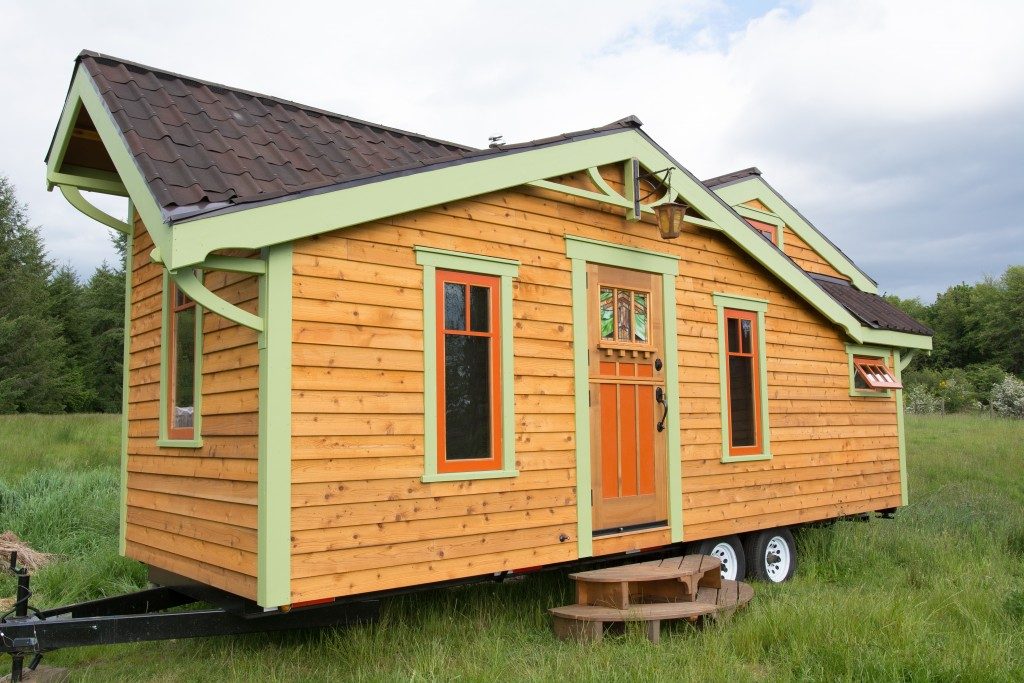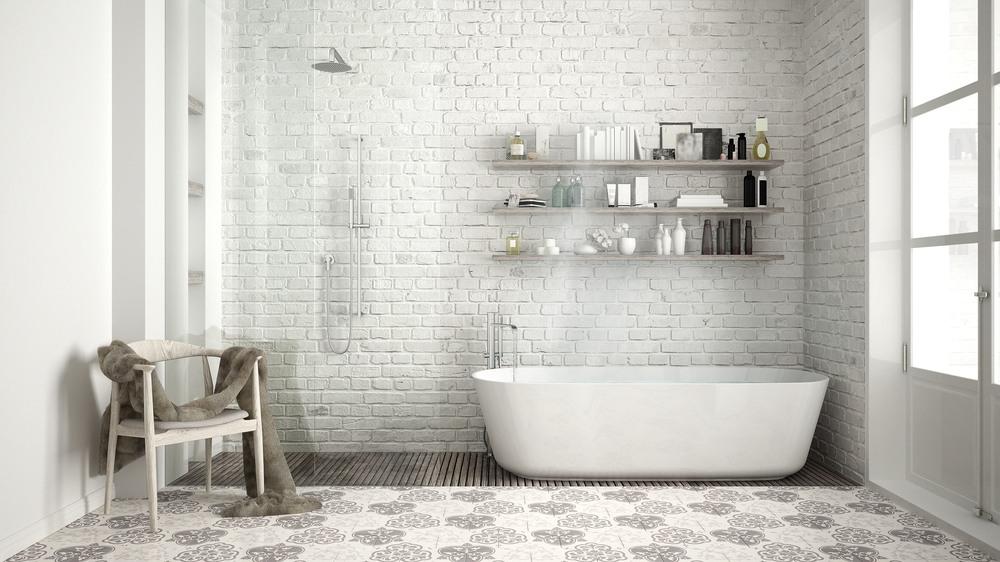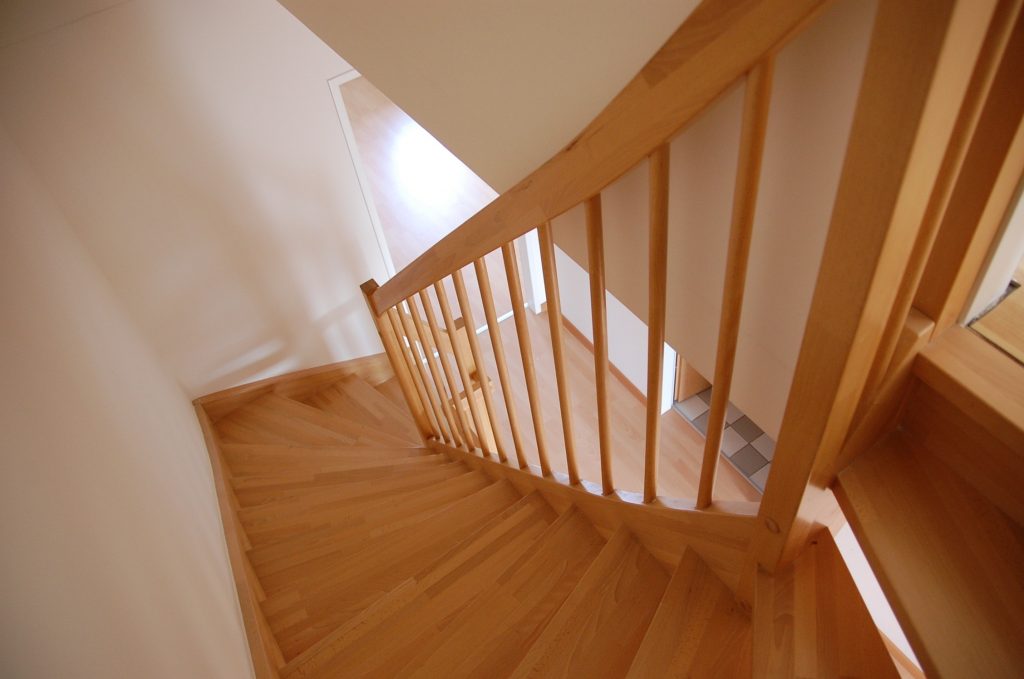Downsizing and decluttering have gained a lot of traction in the past few years. They serve as answers to people’s increasing preference to live simply, sustainably and cheaply, offering a solution to many modern-day issues. Shows like Tidying Up with Marie Kondo and Tiny House Nation provide a glimpse of what it’s like to take control of one’s possessions instead of them taking over your lives. Tiny houses became a movement to rebel against the need of having a mortgage-fueled suburban multiple bedroom house, with space that no one really uses. Bringing flexibility and affordability, these pocket-sized dwellings have captured the imagination and drive of people. Transportable kit homes are even available for those willing to get on the trend without much effort.
Carbon footprint
Compared to the normal-size house, a tiny house can drastically cut down one’s environmental footprint. They require less material to be built, less effort to maintain, and less energy to power. Research by the Commonwealth Scientific and Industrial Research Organisation (CSIRO) found that the average house contains embodied energy (energy incurred in construction) equaling 15 years of operational energy (energy used day-to-day by the occupants). This means a house that stands for 100 years uses 10% of the energy in its life. Tiny homes only consume a portion of this due to their small size.
Using solar or wind resources for power as well as a rainwater catch and filtration system also help lower one’s carbon footprint. These are essential to install especially if you want your tiny house to live off the grid where electric lines are inaccessible. Many tiny houses make use of composting toilets which can break down waste without being connected to a sewage system.
Intentional clutter
Given the limited space, one needs to be intentional about the appliances and possessions brought in. You have to make every square foot work for you and shouldn’t be wasted to clutter. Unlike in a traditional house where you can stuff needless things in a box and forget about it, a 200 square foot home will feel suffocating with a lot of clutter. If you’re transitioning from a big living space, it’s time to Marie Kondo your possessions away. Take a good look at what you have and honestly decide which matters and is vital to a simpler lifestyle.
Having a tiny house can also help one learn smarter ways of storage. That one chair and floor area where we pile everything because of laziness will be things of the past. There has to be a place for everything and should be returned when not in use. Convert the space under your bed into a closet and invest in slide-out racks for your clothes and pots and pans. Hooks will also become your best friend as you learn how to maximize air space.
Getting a tiny house

Research goes a long way in deciding how to be part of the tiny house movement. Each community and area have their own regulations and permits. Some don’t consider tiny houses on wheels as dwellings; thus, they might not be subjected to protection rules given to traditional homeowners. Others treat them as caravans and might not allow the house to stay in a permanent location. Before embarking on a life-changing decision, you can also try living in a rented tiny house to see if the lifestyle is for you.
Tiny house living appeals to a number of people with varying reasons. The allure of being mortgage-free, having a nomadic existence, and a simpler lifestyle can sway people to join the movement.




